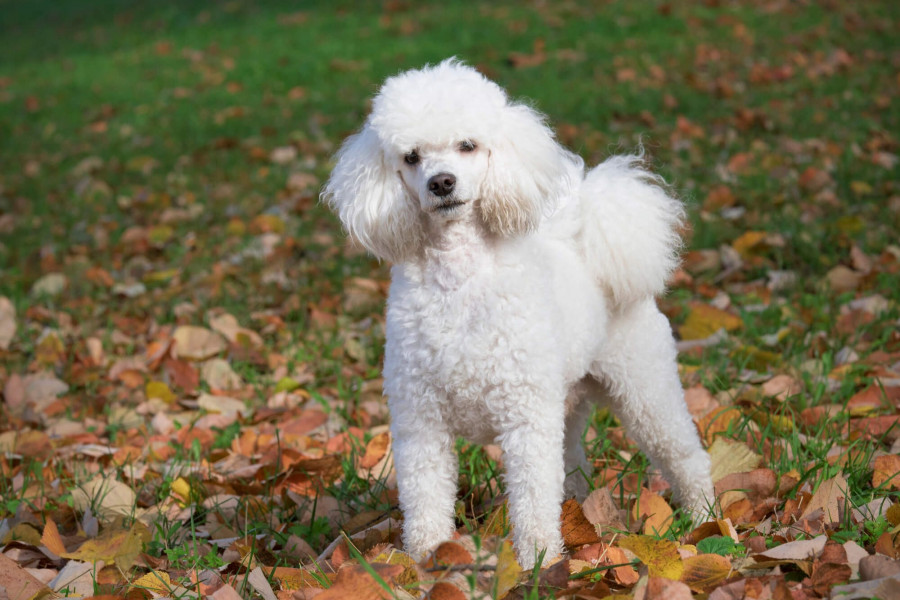Tips For Feeding A Dog With Cushing’s

Cushing’s disease is a terrible disease that effects older dogs. There are three main causes: tumor in the adrenal gland, tumor in the pituitary gland and excessive steroid use. The last one happens if steroids are given to dogs for a long span, usually for treating allergies or cancer.
A fourth cause, has also been suggested by some. At the 2015 CVC San Diego convention, Davide Bruyett, DVM, medical director of VCA West Los Angeles Animal Hospital, presented a study by Galac S, Kars VJ, Voorhout G, et al., titled “ACTH-independent hyperadrenocorticism due to food-dependent hypercortisolemia in a dog: a case report.” This cause is usually found in young dogs with Cushing’s-like symptoms. It’s caused by a congenital defect. When the dog eats, they abnormally release cortisol in their adrenal gland. These dogs can often test negative for Cushing’s, as their cortisol levels spike and dip – meaning you would have to test them soon after eating to get a high result.
All of these causes equate to the same thing – the over-production of body cortisol by the adrenal gland.
Too much cortisol is never good, whether you are a human or a canine. It is a stress hormone. Too much of this hormone, and a vicious cycle ensues – dog eats more because it always acts hungry, they urinate more and then they drink more, which causes them to have to urinate even more. Dogs with Cushing’s gain weight right around the belly (just like stressed out humans!) and may also have thinner skin, thinning coat/hair loss, loss of muscle and an enlarged liver due to excess sugar storage.
Depending on which of the causes listed above is the cause of your dog developing the disease, your veterinarian will tell you the best route for treatment. There are several medicines and surgery may even be suggested depending on your dog’s specific condition.
Can Diet Help?
Since Cushing’s effects your dog’s appetite and thirst, as well as weight, diet definitely plays an important role. While you can’t cure your Cushing’s dog by changing his diet, you can help even out the symptoms so they are more comfortable and decrease the amount of weight gain.
High protein diets are recommended, as carbohydrates will worsen the effect excess cortisol has on the body. Too many carbohydrates (often used as fillers in low-quality dog foods) should also be avoided, as they can turn into sugars as well.
High protein diets are recommended, then, because protein is easily burned by the body with a lower risk of adding to weight gain. Fresh vegetables are also good especially carrots and green beans, and can be a great appetite filler, helping to make your Cushing’s dog feel full longer.
Having a dog with Cushing’s is no fun, and can sometimes be tough, but feeding a good diet can really help your dog feel more comfortable and reduce the symptoms of the disease, which will make your dog happier.

Hi Coral, the Kangaroo and Pumpkin seems to be a better choice than the Hills. I like that it's wet, so you can feed more without adding too many calories. This will help your dog feel full.